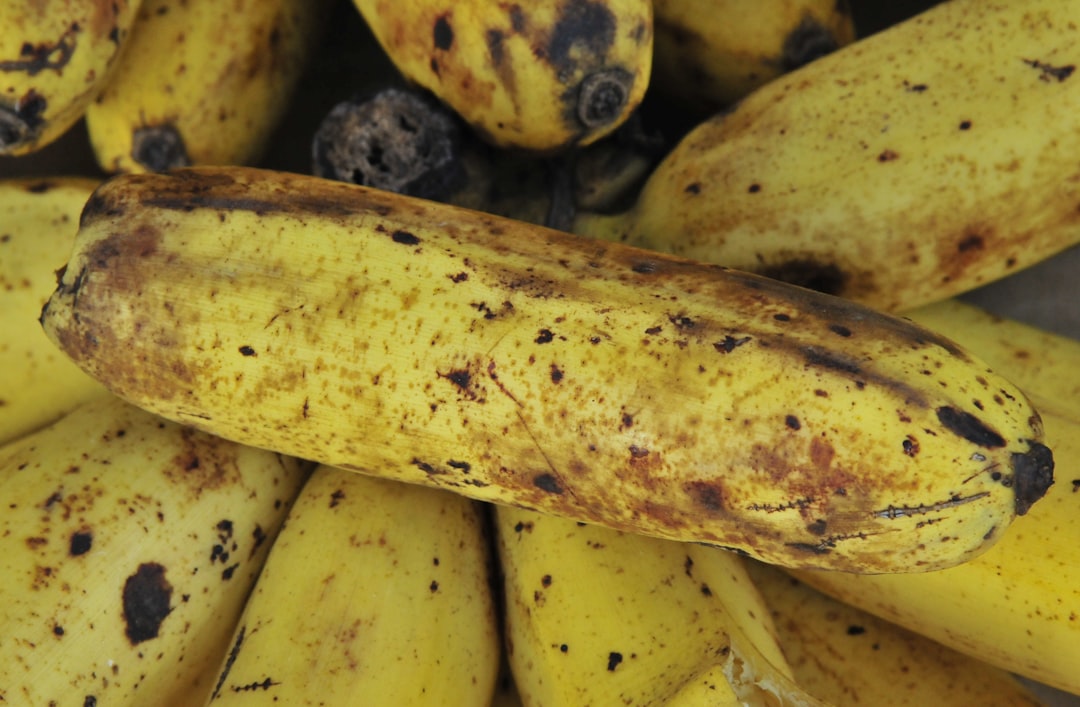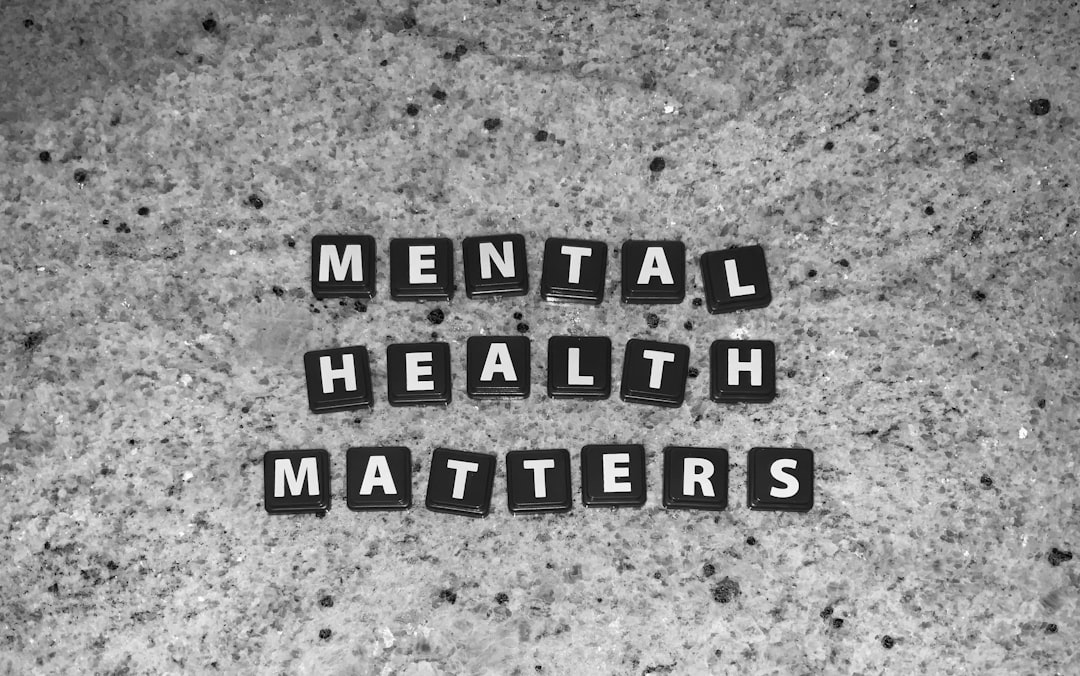What is it about?
The paper presents how perceptions of who bullies and who is victimized can differ across children, and how self-reports (i.e., whether children report themselves as bullies or victims) and peer-report (i.e., whether classmates identify a child as bully or victim) relate to different social and personal problems.
Featured Image
Why is it important?
It is difficult to get a clear idea on who is involved in bullying. Depending on who you ask, answers - and thus roles - might differ. This paper shows that different types of reports (i.e., peer and self) also identifies children with different personal and social problems. This has important implications for school interventions and classroom dynamics.
Read the Original
This page is a summary of: Peer and self-reports of victimization and bullying: Their differential association with internalizing problems and social adjustment, Journal of School Psychology, December 2012, Elsevier,
DOI: 10.1016/j.jsp.2012.08.004.
You can read the full text:
Contributors
The following have contributed to this page










